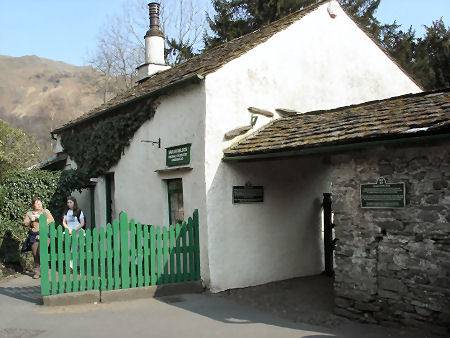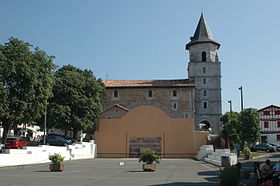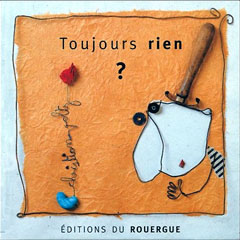What another gift!I realised that with UKS2 we could create a simple unit of work comparing Grasmere in the Lake district and this French/Spanish border town.
So why do I think that we can make a comparison between Grasmere and Ainhoa and why am I so specific in my choice?
We are going to be "location detectives" and eventually create our own poster presentations.(It would work well using Book Creator too with sound clips etc)
Ask the children to keep two lists of key comparisons between Ainhoa and Grasmere.
Each list has a heading phrase "Ainhoa" or "Grasmere".These lists are called the "location detective lists"
Now let's start our comparison investigations.....
Here is the first clue! Take a look at this!
- Share this video of the Ainhoa shop and making gingerbread wth the children- just to give them a sense of the produce
- Taste some simple gingerbread biscuits
- Can the children collect adjectives to describe the look of the gingerbread and the flavours in gingerbread?
- Take a look at the buildings where the shops are in Grasmere and Ainhoa
Here is the Sarah Nelson's gingerbread shop in Grasmere
You could also discuss the fact that we share traditional tales and listen to the shared traditional tale about the Gingerbread Man in French
Step Two
Make a comparison record on our "location detectives lists"
- Can the children working individually or a small supprted group start their comparison lists.
- Can they use infinitives of verbs to describe:
You may like the children to look at recipe for both gingerbreads and compare ingredients using bilingual dictionaries.
Step Three
Both villages are beautiful and traditional and are visited every year by many tourists.They are both situated in the heartof the countryside. So here we can make our second comparisons!
- Share pictures of the two villages - you can google pictures of the two towns to find the schools, the churches, the rivers , the hillside and the village/town centres.
- Ask the children to note down the names in French for the buildings- both villages have a church , hotels , a cafe, a primary school,shops
- And the countryside features they can see in both villages? Both villages are surrounded by hills and mountains and there is a river in each village.
- What colours can they see? Ainhoa is red and white and Grasmere is grey stone with black and white buildings.
- Are there any other adjectives they want to use to describe what they can see? Give the children time to find these in bilingual dictionaries.
Step Four
Make a comparison record on our "location detectives lists"
- Can the children,working individually or a small supprted group,continue their comparison lists
- Can they use the phrase "il y a...." and the correct use of the indefinite article to describe:
The buildings and use colours / additional descriptive adjectives
- Try the game with your class.
- You need a tennis ball (rather than the traditional hard ball) and bats- for the players.Play the game against a wall.
- Watch some of this lonely planet video , which shares the game of "pelota".(You may want to watch the video first to check you are happy to share this with your class)
- And now take a look at the Grsmere Games ( the sports of tug of war, wrestling, tossing gthe caber, and fell runnig all come to mind!)
- On You Tube you can find examples of "fell running" during the Grasmere Games ro show the children.Share some of the video clips of the Fell run with the class
Step Six
Make a comparison record on our "location detectives lists"
- Can the children explain the sport of "Pelota" in Ainhoa- ask the children to write down a simple description with the verb "jouer" - Where do you play? How many people play? What do they play with?
- Can the children explain the sport of fell running using the verb "courir"- Where do they run?(Up a hill/over a stream/ in the mud/ across fields etc) How many people run at one time?













































